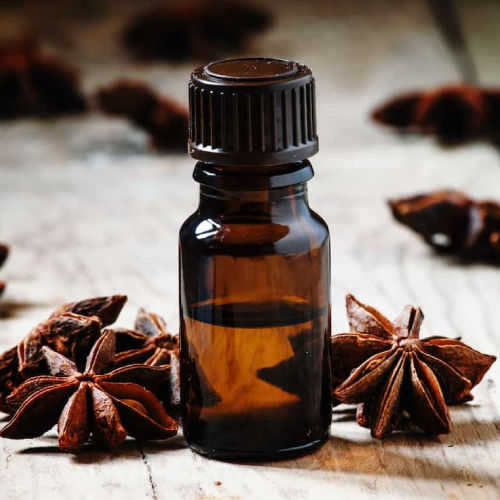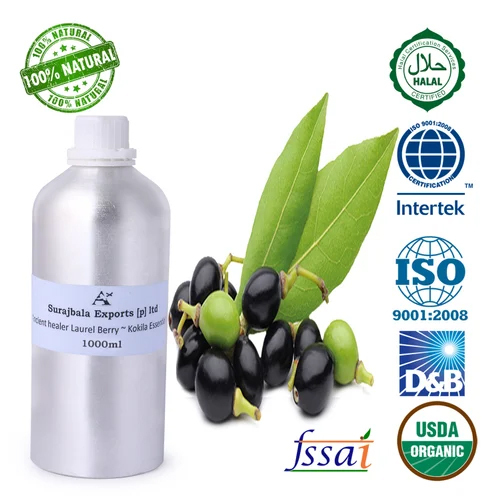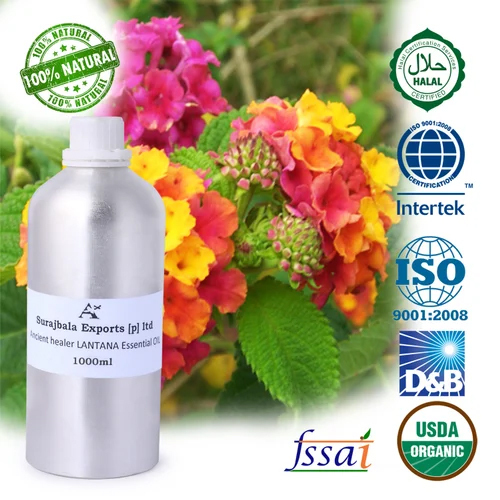Call : 08071793518
Anise Oil
1800 INR/Kiloampere
Product Details:
- Age Group Old Age All Age Group Infants
- Shelf Life 2 Years
- Click to View more
X
Anise Oil Price And Quantity
- 1800.00 - 1800.00 INR/Kiloampere
- 1800 INR/Kiloampere
- 20 Kilograms
Anise Oil Product Specifications
- 2 Years
- Old Age All Age Group Infants
Product Description
- Botanical Name: Pimpinella anisum
- Extraction Method: Anise oil is typically extracted from the dried seeds of the anise plant through steam distillation.
- Aroma: Anise oil has a strong, sweet, licorice-like aroma.
- Color: It is usually colorless to pale yellow.
- Chemical Composition: The main chemical component of anise oil is anethole, which gives it its characteristic flavor and aroma. Other constituents may include methyl chavicol, limonene, and -pinene.
- Flavor Profile: Anise oil has a distinct sweet, aromatic, licorice-like flavor, commonly used in culinary applications and beverages.
- Uses: Anise oil is utilized in various industries, including food and beverage, pharmaceuticals, cosmetics, and aromatherapy. It is used as a flavoring agent in foods, beverages, and confectionery. Additionally, it is used in herbal medicine for its digestive and respiratory benefits.
- Storage: Anise oil should be stored in a cool, dark place, away from direct sunlight and heat, to preserve its potency and aroma.
- Caution: Anise oil should be used in moderation, as excessive consumption may cause toxicity. It should be avoided by pregnant women, nursing mothers, and individuals with certain medical conditions. Always dilute properly before topical application, as it may cause skin irritation in some individuals.
- Quality Assurance: When purchasing anise oil, ensure it is obtained from a reputable supplier that adheres to quality standards and practices proper extraction methods to ensure purity and potency.
Overall, anise oil is valued for its unique flavor, aroma, and potential health benefits, making it a versatile ingredient in various products and applications.
Tell us about your requirement

Price:
Quantity
Select Unit
- 50
- 100
- 200
- 250
- 500
- 1000+
Additional detail
Mobile number
Email
Other Products in 'Ayurvedic Essential Oils' category
 |
Wild Botanix
All Rights Reserved.(Terms of Use) Developed and Managed by Infocom Network Private Limited. |
 Send Inquiry
Send Inquiry





